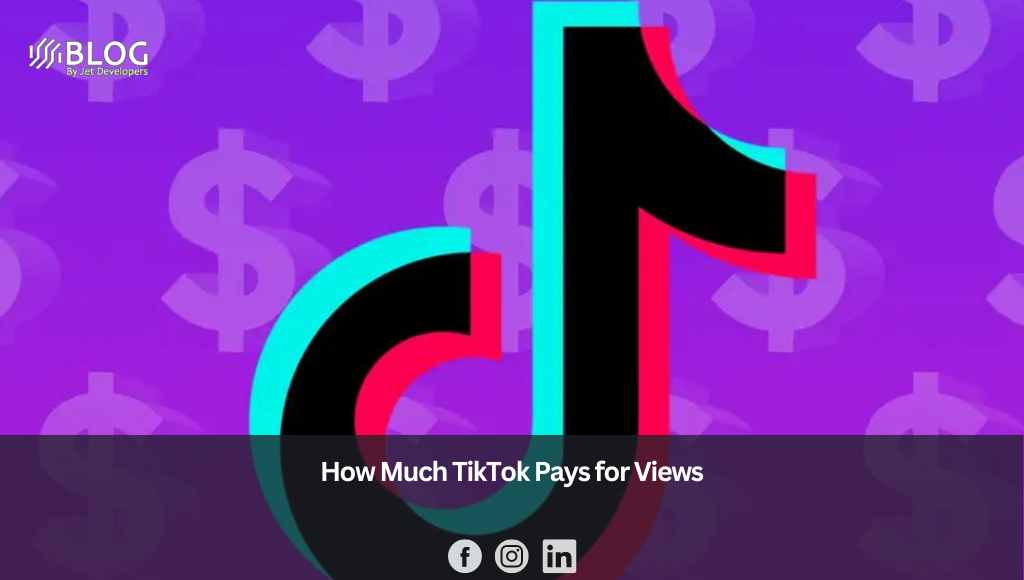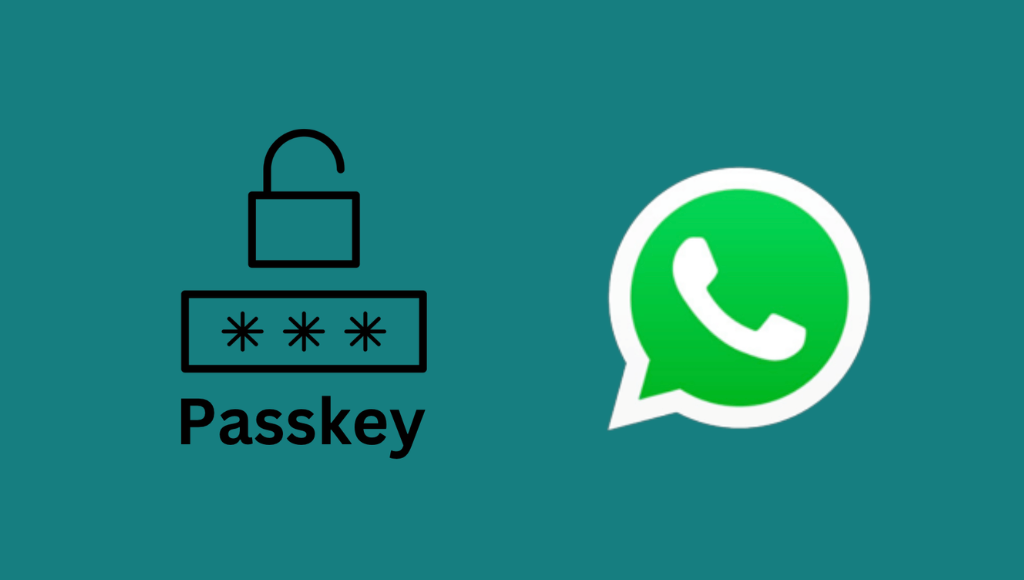The ability to monetize their content is a pressing concern for many TikTok creators who have gained popularity on the platform. While TikTok offers a powerful avenue for building an audience, the question remains: Can users actually make money from it?
In order to earn a living, some influencers rely on brand partnerships and deals. Others venture beyond TikTok and explore platforms like YouTube or Twitch, which have more established in-app monetization programs.
To support creators in their pursuit of earning money, TikTok has introduced various features in recent years. One such initiative is the Creator Fund, through which TikTok compensates creators directly from its own resources. For instance, Vi Luong, a TikToker with approximately 1 million followers, revealed that she earned between $150 to $300 per month from the Creator Fund. The amount she received depended on her posting frequency and the performance of her content.
However, it’s important to note that TikTok’s current payout offerings are not as substantial as the ad-revenue sharing options provided by competitors like YouTube for long-form videos.
Many of the monetization features on TikTok rely on external entities, such as marketers and fans, to financially support creators. For instance, TikTok launched a brand-creator matchmaking platform in 2019, followed by an influencer marketing tool in 2021. Additionally, TikTok has introduced features like tipping, subscriptions, and gifting, enabling users to reward creators with virtual currency that can later be converted into real dollars.
As the short-video format gains popularity, social platforms across the industry are experimenting with different approaches to compensate creators effectively. The goal is to strike a balance between supporting creators financially and ensuring the sustainability and growth of the platform.
1. The Creator Fund and Creativity Program
In 2020, TikTok launched a Creator Fund, pledging to pay its users a total of $1 billion over a three-year period. The company has not publicly shared how much it’s paid out so far from that original commitment.
The fund is essentially a big pot of money TikTok uses to pay a subset of creators with at least 10,000 followers who have generated 100,000 video views in the previous 30-day period. TikTok told Insider it considers factors like video view counts, video engagement, and the location in which a video was seen, when determining Creator Fund payouts.
TikTok’s $1 billion target is small compared to YouTube’s overall creator payouts. YouTube’s CEO wrote in 2021 that the company had paid $30 billion to creators, artists, and media companies over a three-year time frame. It also set up a $100 million fund in 2021, meant to last through 2022, specifically for its TikTok-like feature, shorts.
Other platforms like Snapchat have paid hundreds of millions of dollars to influencers to incentivize the creation of short videos. Instagram also previously paid some creators based on the number of views their Reels generate, offering “bonuses” for hitting certain short-video view thresholds, though it paused that initiative in early 2023.
Influencers who have revealed their Creator Fund payments publicly or with Insider over the last few years have reported earning just a few cents for every 1,000 views their videos generate.
For creators with millions of views on videos, a lower RPM can still add up to more than $1,000 in earnings.
Personal-finance influencer Preston Seo, who now has 2.4 million TikTok followers, earned a total of about $1,664 from the Creator Fund between January 2021 and May 2021, according to documentation he shared with Insider. His TikTok account earned between $9 and $38 a day on average.
Other top creators, such as MrBeast and Hank Green, have reported low Creator Fund payouts despite generating huge view counts.
“When [TikTok] established their Creator Fund, it was a good step forward, but it remains on the weaker side of platform monetization,” Eamon Brennan, the vice president of creator partnerships at creator agency and management firm Collab, told Insider in 2022. “I think regulating and expanding the actual monetization system of the platform itself would help everyone out.”
When asked about creators’ concerns around low fund payouts, a TikTok spokesperson said in July 2022 that the company understood “how important it is that our creators are appreciated for their work and look to our creator community for valuable feedback to better serve their needs.” They pointed to other monetization features like live subscriptions that are available to users.
In early 2023, TikTok began testing a new creator funding option it’s calling the Creativity Program. The new program is designed to pay creators “higher average gross revenue” for videos that are longer than one minute. Like the Creator Fund, users must have at least 10,000 followers and have achieved 100,000 video views in the past 30 days to join. Creators can only participate in one of the two programs at a time.
2. TikTok Pulse
In May 2022, TikTok announced it was launching a new contextual-advertising product in which brands could buy ads alongside “the top 4%” of content in different categories like fashion, cooking, and beauty. It agreed to split half of the revenue with the creator whose video appeared before the in-feed ad. Only creators with at least 100,000 followers qualify for the program.
The company announced in May 2023 it was also testing a version of the Pulse program for traditional media publishers called Pulse Premiere.
As with the Creator Fund, initial payments from TikTok Pulse have been underwhelming, creators told Insider.
Eight creators who shared their monthly payouts, view counts, and revenue for every 1,000 video views (RPM) from the program in 2022 earned anywhere from a few pennies to $17. The creators each had hundreds of thousands of followers; several produced content around gaming, while others made lifestyle videos.
While most of the creators who shared payment data with Insider saw Pulse RPMs in the $7 to $8 range, one creator reported an RPM closer to $3. The creator RPMs were competitive on TikTok Pulse when compared to other ad-revenue solutions like YouTube’s partner program for long-form video, but the revenue-generating views were comparatively low, often dipping below 1,000 views.
“I was super excited to join it, but I’m six cents richer today,” Betts Waller, a gaming creator who has around 380,000 followers on his TikTok account Forrest Dump, told Insider.
Waller only had eight video views qualify for Pulse earnings over the pay period between September 30 and October 30 2022, despite posting videos that garnered tens of thousands, hundreds of thousands, and even millions of views.
Other creators saw a similar pattern of Pulse-monetized views falling far below total video-view counts for a payment period.
A company spokesperson told Insider that even if a user’s video generates millions of views, it doesn’t mean that each video view is followed by a Pulse ad. Due to the nature of the TikTok algorithm, some videos will contribute to more ad impressions than others, they said.
“We’re continuing to work on improving Pulse so that we can better support our creators and advertisers, and look forward to expanding our monetization opportunities,” they said.
YouTube rolled out a similar ad revenue-sharing program for its shorts feature in early 2023. Six creators who shared their February 2023 payouts with Insider reported earning hundreds of dollars for videos that garnered millions of views, amounting to effective RPMs of around 4 to 5 cents.






